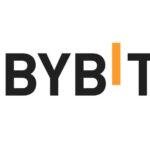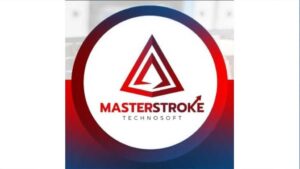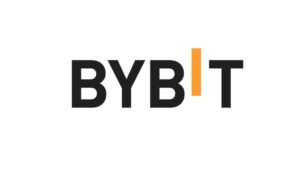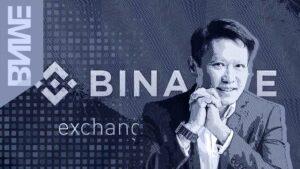As part of its zero-knowledge (ZK) proof roll-up solution, Starknet has revealed plans to enhance the decentralization of three essential components of the Ethereum layer-2 scaling network.
Ilia Volokh, Product Manager at Starknet and blockchain researcher, recently described the company’s intention to fix several centralized aspects of its protocol in order to strengthen its system and guard against censorship.
From Centralization to Decentralization: Starknet’s Evolving Protocol
In order to provide security and finality for layer-2 transactions, Starknet functions as a validity rollup by bundling transactions using ZK-proof technology and submitting cryptographic proofs to Ethereum.
Volokh claims that in order to generate layer-2 blocks, compute proofs, and start layer-1 state updates to the Ethereum blockchain, Starknet’s protocol is still reliant on StarkWare.
He further pointed out that, in this case, the network’s operation is centralized. Volokh underlined that this situation might not always be bad, even with this temporary centralization till complete decentralization. While StarkWare runs the network, he made it clear that it cannot carry out fraudulent state transitions or steal money because those operations require the verifier to be executed on Ethereum.
Volokh stated that although Starkware continues to serve as a “centralized gateway” for accessing Starknet, the protocol is “100% honest” and cannot be used to fabricate data or transactions because Ethereum’s layer-1 blockchain serves as a filter.
Starknet can only “misbehave” in two ways: either by deliberately blocking particular parties from adding transactions or proofs or by being inactive in not sending proofs to Ethereum.
He disclosed, for example, that the sequencer is allowed to omit a transaction from a particular party as long as the other components they are trying to promote are still valid.
Starknet’s decision to decentralize certain elements of its protocol arises from its attempt to address the two primary reasons for censorship in consensus-based systems.
One factor to take into account is intentional censorship. Another is the threat that “non-robust” systems with a single point of failure pose to decentralization since everyone on the network would be “censored” in the event that this central point caused a network or system outage.
The goal is to deal with both of these problems at the same time, and increasing the number of people using Starknet appears to be the obvious solution.
There are different levels of complexity involved in decentralizing these various Starknet system components. This involves decentralizing the proving layer, which is in charge of computing proofs for blocks, decentralizing the process of L1 state updates, and decentralizing block creation through its consensus protocol.
Volokh emphasized further that it is imperative to achieve decentralization for every component. “You haven’t achieved much as long as even one of them is centralized,” he said, emphasizing that real progress can only be made when all components are decentralized.
Since all blockchains rely on a consensus protocol and Sybil-resistance mechanism, decentralizing block generation has shown to be quite simple. Decentralizing Starknet’s prover, however, has called for a more creative strategy.
Takeaways
Starknet is currently developing a plan for putting these decentralized dynamics to the test and integrating them into its network. The testing of the various components’ simultaneous functionality is probably going to be done via a network of connected testnets.




























